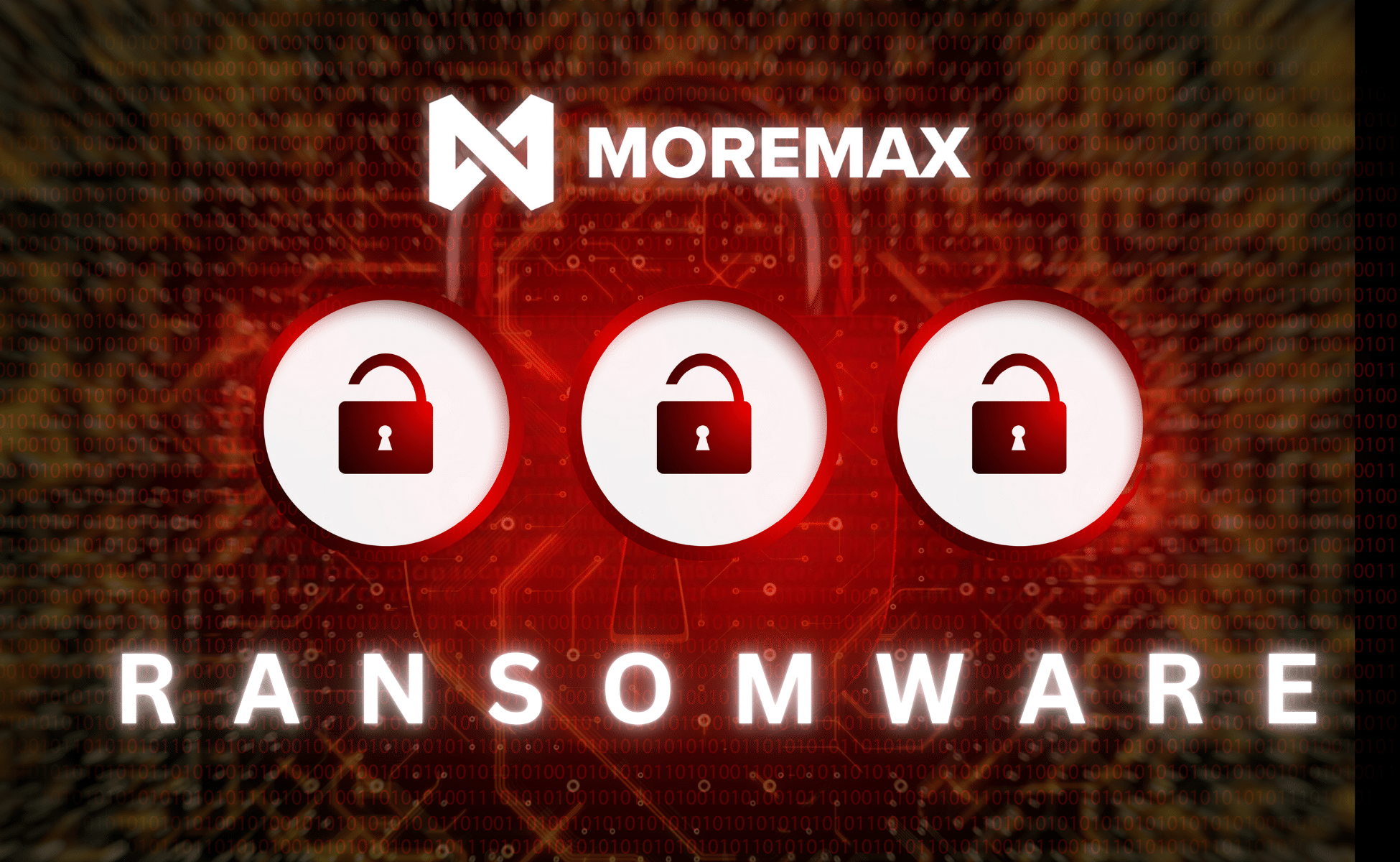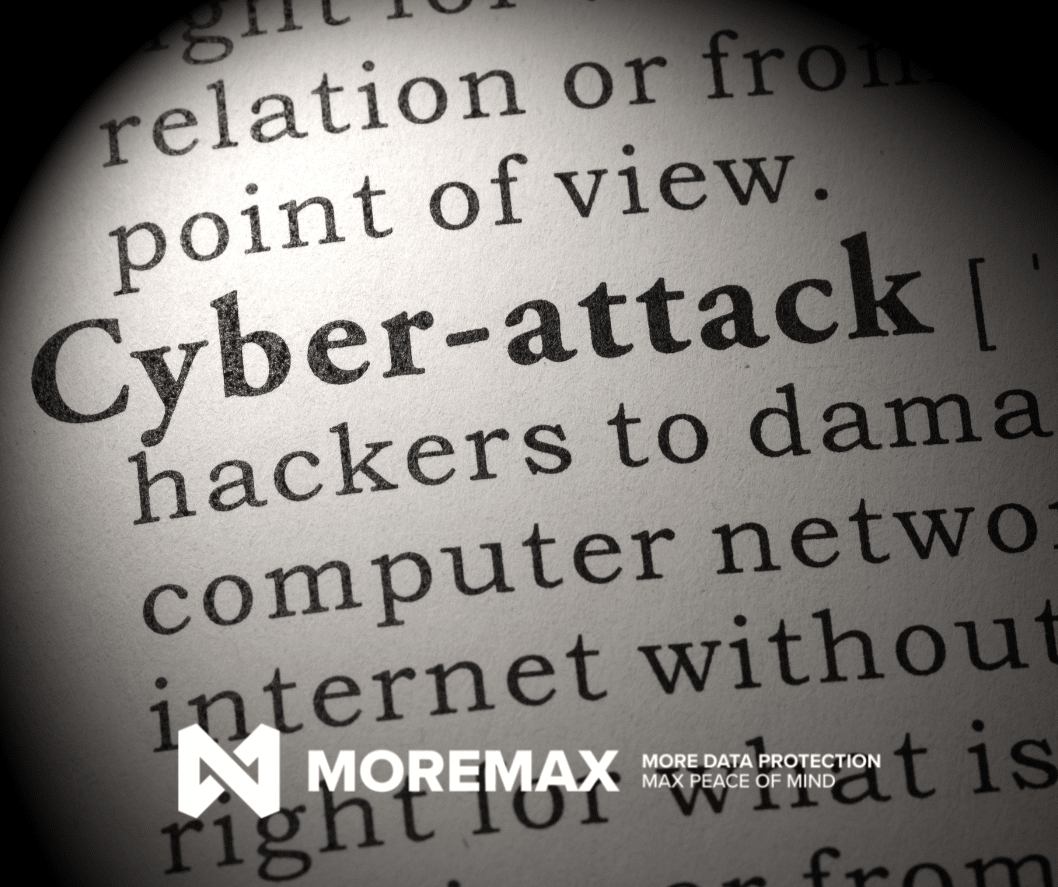
You’re a solo immigration lawyer in a bustling solo practice, juggling visa applications, client consultations, and tight USCIS deadlines. It’s 8 a.m., and your laptop screen lights up with a stark message: “Your files are encrypted. Pay $50,000 in Bitcoin within 72 hours, or we’ll leak your clients’ sensitive data passports, asylum claims, family histories, to the dark web.” Your heart sinks. Not only are your case files locked, but the thought of breaching client confidentiality terrifies you more than the payout. This isn’t Hollywood drama; it’s the gritty reality of ransomware hitting the legal world in 2025.
With one in five U.S. law firms targeted by cyberattacks in the past year, and nearly one in ten suffering data exposure, no practice is too small to escape. For solo practitioners and immigration attorneys, the stakes are sky-high: lost billable hours, ethical violations, malpractice claims, and clients facing real-world fallout like delayed green cards or deportation risks. In this no-BS guide, we’ll walk through what a ransomware attack truly feels like, from the sneaky infiltration to the soul-crushing recovery, tailored for legal pros like you. Armed with real 2025 cases and actionable steps, you’ll learn how to spot, stop, and survive these threats without breaking the bank.
Ransomware 101: Why Law Firms Are Sitting Ducks
Ransomware is malware that sneaks in, encrypts your files or locks your systems, and demands payment for the keys to unlock them, usually in untraceable crypto. But for lawyers, it’s more than tech trouble; it’s a direct assault on your core duty: safeguarding client confidences under rules like ABA Model Rule 1.6. Imagine your encrypted Dropbox folder holding asylum seeker testimonies or corporate merger docs, valuable intel that cybercriminals covet for extortion or resale.
In 2025, the legal sector is a prime target. Hackers see solo and small firms as “low-hanging fruit”: under-resourced, handling high-value data like SSNs, financials, and trade secrets, yet often skimping on defenses. Groups like Silent Ransom (aka Luna Moth) are laser-focused on law firms, using vishing (voice phishing) to trick receptionists into handing over credentials. Average demands? Around $1.5 million, but for solos, they start lower, $10K to $100K, to exploit cash-strapped operations. And it’s not just encryption; double extortion is rampant, with stolen data dumped online if you don’t pay twice. Last year alone, 45 ransomware hits on law firms compromised 1.5 million legal records. For immigration lawyers, that’s not abstract—it’s exposing vulnerable clients to identity theft or worse.
The Ransomware Timeline: From Phishing Email to Courtroom Chaos
Ransomware doesn’t pounce; it prowls. Attackers treat your firm like a case file: research, infiltrate, exploit. Based on 2025 FBI alerts and legal breach reports, here’s the unvarnished sequence:
Phase 1: The Recon, They’re Already Watching You
Hackers scour LinkedIn for your paralegal’s email, scan your firm’s website for outdated plugins, or buy breached data from past incidents. Solo practitioners? You’re easy pickings; no IT team means public info like “contact@yourimmigrationfirm.com” is gold. This can drag on for weeks, with tools mapping your QuickBooks or Clio setup.
Phase 2: Gaining Foothold, The “Client Update” Trap
Over 90% start with phishing: a fake email from “USCIS” or a “new client referral” with a malicious attachment. For immigration attorneys, it’s tailored, spoofed forms mimicking I-9s or EAD renewals. Or RDP brute-force on your home office VPN with a weak password like “Summer2025.” Boom: Malware’s in, phoning home to a command server.
Phase 3: Spreading Like a Bad Precedent, Lateral Mayhem
It creeps: Steals your login creds, jumps to your case management software, exfiltrates terabytes of client files. In small firms, one infected laptop can wipe your entire NAS drive in hours. No alerts from free antivirus—modern strains evade basics.
Phase 4: Lockdown and the Dreaded Note
Encryption hits: AES-256 on your briefs, scans, and client portals. The popup? A timer ticking down, Bitcoin wallet QR code, and threats like “We’ll post your clients’ visa fraud evidence on LeakSite.com.” For solos, this means zero billables that day, while deadlines loom.
The whole breach? Days from click to chaos, but the prep. Months.
The Gut Punch: Day One and Beyond for Legal Pros
Your screen’s frozen, clients are texting about missing docs, and your stomachs in knots. The immediate fallout for lawyers is a perfect storm:
- Ops Paralysis: No access to e-filing systems or Zoom consults. A solo immigration lawyer might miss a 30-day appeal window, costing a client their status—and you a malpractice suit.
- Client Trust Shredded: Mandatory breach notices under state bar rules expose you to fury. 52% of clients already worry about firm security; one leak, and they’re gone.
- Financial Bleeding: Downtime eats $5K-$20K in lost hours for small firms, plus forensics at $500/hour. Insurance? Many solos lack cyber policies.
- Ethical Minefield: Rule 1.1 competence now includes cyber hygiene—ignore it, face disbarment risks.
- Personal Toll: Sleepless nights, family strain. One solo practitioner shared: “It felt like losing a trial—you question everything.”
For immigration specialists, it’s existential: Leaked data could tip off authorities or rivals, dooming cases.
The Pay-or-Play Dilemma: What Ethics Demand
That note demands $25K. Do you fold? Hell no, say the ABA and FBI: Paying funds cartels, invites repeats (one Florida firm hit three times in 14 months), and risks sanctions if it’s a prohibited entity. Ethically, as a lawyer, you’re modeling integrity, caving undermines that. But reality bites: Quick payers recover faster. Solos often negotiate down via pros, but it’s a crapshoot. Bottom line: Backups beat Bitcoin.
Ransomware Recovery Roadmap: Solo-Friendly Steps for 2025
No sugarcoating: Recovery sucks, but a plan turns weeks into days. Tailored for cash-strapped solos and immigration firms, per ABA and 2025 best practices:
- Hit Pause and Isolate: Yank Ethernet cables on infected gear (don’t wipe yet—forensics matter). Alert your bar’s ethics hotline and FBI IC3 within hours.
- Damage Control: Inventory hits with free tools like Malwarebytes. For solos, call affordable MSSPs (e.g., $99/month plans). Immigration pros: Prioritize client notification templates from USCIS guidelines.
- Nuke and Pave: Factory reset devices, rotate all pwds via LastPass (free tier). Patch everything—Windows 10’s EOL this year amps risks.
- Restore Smart: 3-2-1 backups (three copies, two media, one offsite)—test ’em! Use immutable cloud like Backblaze B2 ($6/TB). Skip if untested; 40% fail.
- Fortify and Watch: Adopt zero-trust (verify logins always). Monitor 90 days with free alerts from Have I Been Pwned.
- Debrief and Report: Post-mortem with a $200 consultant. File with your state AG—lessons sharpen your edge.
AI tools like ChatGPT for phishing sims cut costs, but pros handle the heavy lift.
2025’s Legal Ransomware Nightmares: Stories That Hit Home
This year’s tally: 92 disclosed attacks in January alone, many legal. Real hits:
- Cameron, Hodges, Coleman, LaPointe & Wright, P.A. (Florida, Oct 2025): Third strike—Qilin stole 163 GB after prior RansomHub and Sarcoma hits. Personal injury files exposed; firm scrambled manual ops for weeks.
- Edelman & Edelman, P.C. (U.S., Oct 2025): Qilin locked family law docs, threatening leaks. Solo-heavy firm faced client exodus fears.
- Unnamed Canadian Immigration Firm (Oct 2025): Anubis encrypted visa portfolios, silencing ops amid peak season. No payout confirmed, but recovery dragged months.
- Markus Schramm Office (Germany, Oct 2025): Qilin targeted EU migration cases, risking GDPR fines and client relocations.
Average cost? $4.5M, but solos pay in sweat equity.
Locking Down Your Practice: Real Talk Prevention for Solos and Immigration Pros
Big firms splurge on enterprise gear; you can’t. Focus on high-ROI moves from ABA’s small-firm handbook. Limited budgets? Prioritize phishing defense—it’s 90% of your risk.
| Prevention Play | Why It Saves Your Practice (Legal Angle) | Solo/Immigration Hack |
|---|---|---|
| MFA Everywhere | Stops 99% credential thefts—key for client portals. | Free on Google Workspace; enforce for Clio logins. |
| Ironclad Backups | Recover without paying; protects against deadline disasters. | 3-2-1-1-0 rule via IDrive ($80/year); air-gap for visa scans. |
| Patch Patrol | Seals holes in Office 365 or Adobe—common in phishing. | Auto-updates; scan weekly with free Belarc Advisor. |
| Phishing Drills | Trains staff (or you) to spot “USCIS urgent” fakes. | Quarterly KnowBe4 free trials; role-play client scams. |
| Affordable EDR | Spots ransomware early, unlike basic AV. | Bitdefender GravityZone ($15/user/month); ABA-vetted. |
| Zero-Trust Setup | Limits blast radius in shared home offices. | VPN like Tailscale (free for 3 users); segment client data. |
| IRP Template | Your ethical shield—drill yearly. | Download ABA’s free kit; add immigration-specific alerts. |
Layer up: Free webinars from ALPS Insurance for solos keep it ethical and cheap. In 2025, AI phishing kits make attacks smarter—stay sharper.
The Bottom Line: Protect Your Practice Like Your Best Case
Ransomware isn’t “if” for lawyers, it’s when, especially for solos juggling it all and immigration attorneys guarding lives on the line. It steals time, trust, and treasure, but with backups, basics, and a backbone against payouts, you reclaim control. We’ve seen firms bounce back stronger; you can too. Start simple: Enable MFA today, test a backup tomorrow. Your clients, and sanity, depend on it. Stay secure out there.


